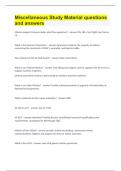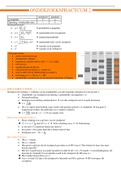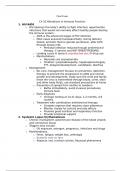New Understandings of gentrification
Both articles illustrate using case studies a new understanding of gentrification in scientific literature: the
third wave that has diversified into different types depending on the context - location, time, actors
involved - the initiation, process itself and resulting outcomes. The processes thereby surpassed the
original definition by Ruth Glass of upgrading the residential buildings and displacement of former
residents via contract termination or raised rents by more affluent ones. (Glatter, 2007; Holm, 2012)
In the face of a shift to neoliberal practices, recently stronger induced by governance via urban
entrepreneurialism and a post-industrial urban renewal of cities spheres beyond housing have been
exposed to international capital (Edwards & Imrie, 2015) and therefore a transformation to capture the
desires, experiences, and challenges of mostly middle-income households “who wish to live, play and
consume in the city” (Doucet, 2014)
Examples for this intensification of gentrification (commercial gentrification) are given by Mermet (2016)
and Pastak et al. (2019) via the historical development of the retail landscapes. Due to international
mobility of mega chains and capital led to a transformation of previously disinvested commercial spaces
to high-quality shopping with emphasis on modern lifestyles, and leisure: captured in sustainability,
design-focused or exclusive delicacy and organic stores or boutiques. Although the process is used as
urban policy tool to spark urban development, it appears in unconditioned forms and areas, even in the
same city, since many different factors on different scales take influence. Remarkable is that governance
in relation to financialization of housing has learned tools that induce processes via property-led
regeneration and business improve districts (Zukin et al., 2009, Edwards & Imrie, 2015). This shows that
gentrification is not a mysterious, unintentional process induced by the market and individual decisions
anymore, as demonstrated by both articles emphasizing the role of the state in the new types located in
the Netherlands and USA. The processes have reached a new scale, speed and profiting actors as
institutional investors and corporate landlords looking for yield in the built environment and utilizing the
rent-gap created in degraded neighbourhoods.
Problematics in categorization of populations
A process that is researched in different contexts and periods cannot be uniform even within one “type”,
like residential gentrification and the problems in defining the characteristics of gentrifiers, those who the
upward transformation abides to. Lifestyles change between generations (Valkeneers & Vanhoomissen,
2012) in the eye of recent developments of globalization, digitalization, and individualization, these is no
surprise. Therefore, Karsten has termed them Yupps (“young urban professional parents”) to distinguish
them from the older term Yuppies (“young urban professionals”) (Doucet, 2014). Furthermore, it must be
mentioned that due to deindustrialization in western countries the job markets and value of higher
education has significantly changed. Cities as places of services and consumerism therefore are also places
where “white-collar” employees in the creative, science or technology sectors will be found and have a
growing claim especially in contested urban contexts, threatening to displace people with no education
and “blue-collar” jobs (Scott, 2018).











